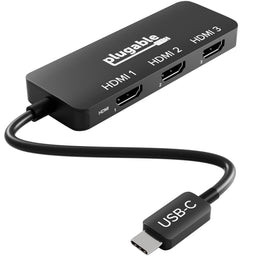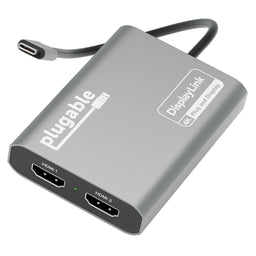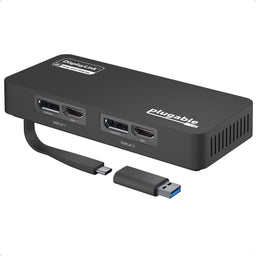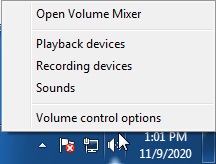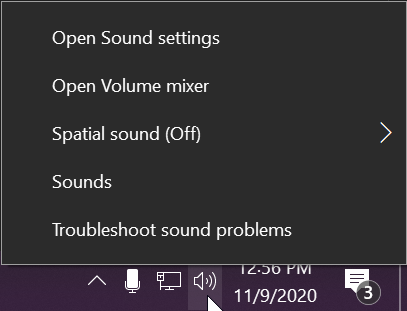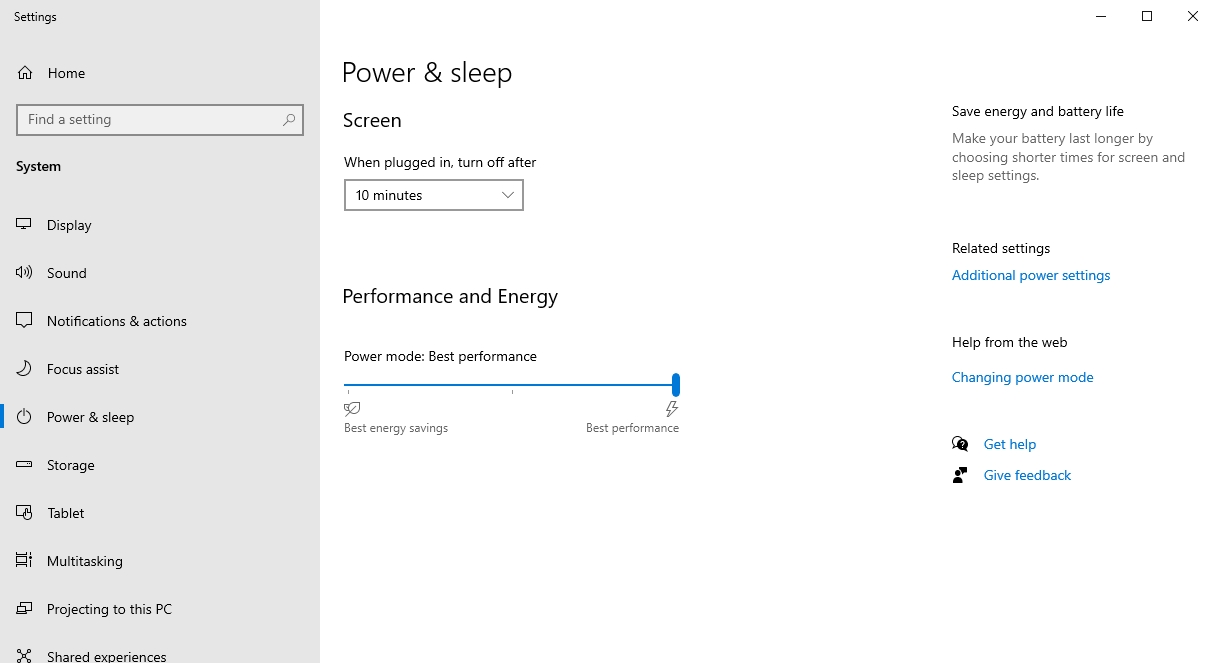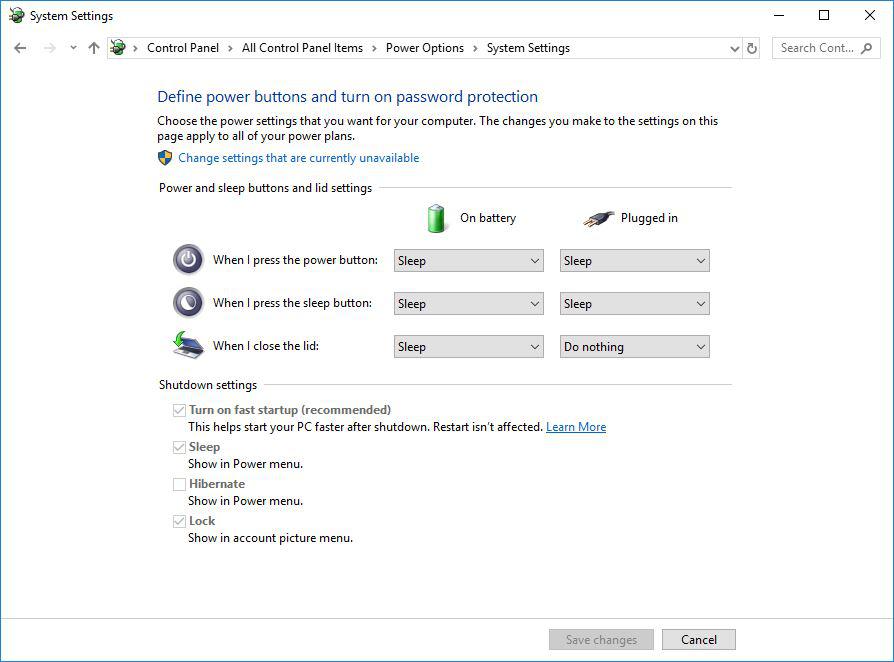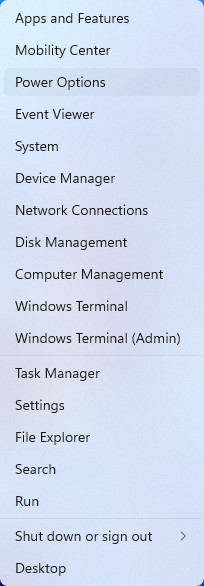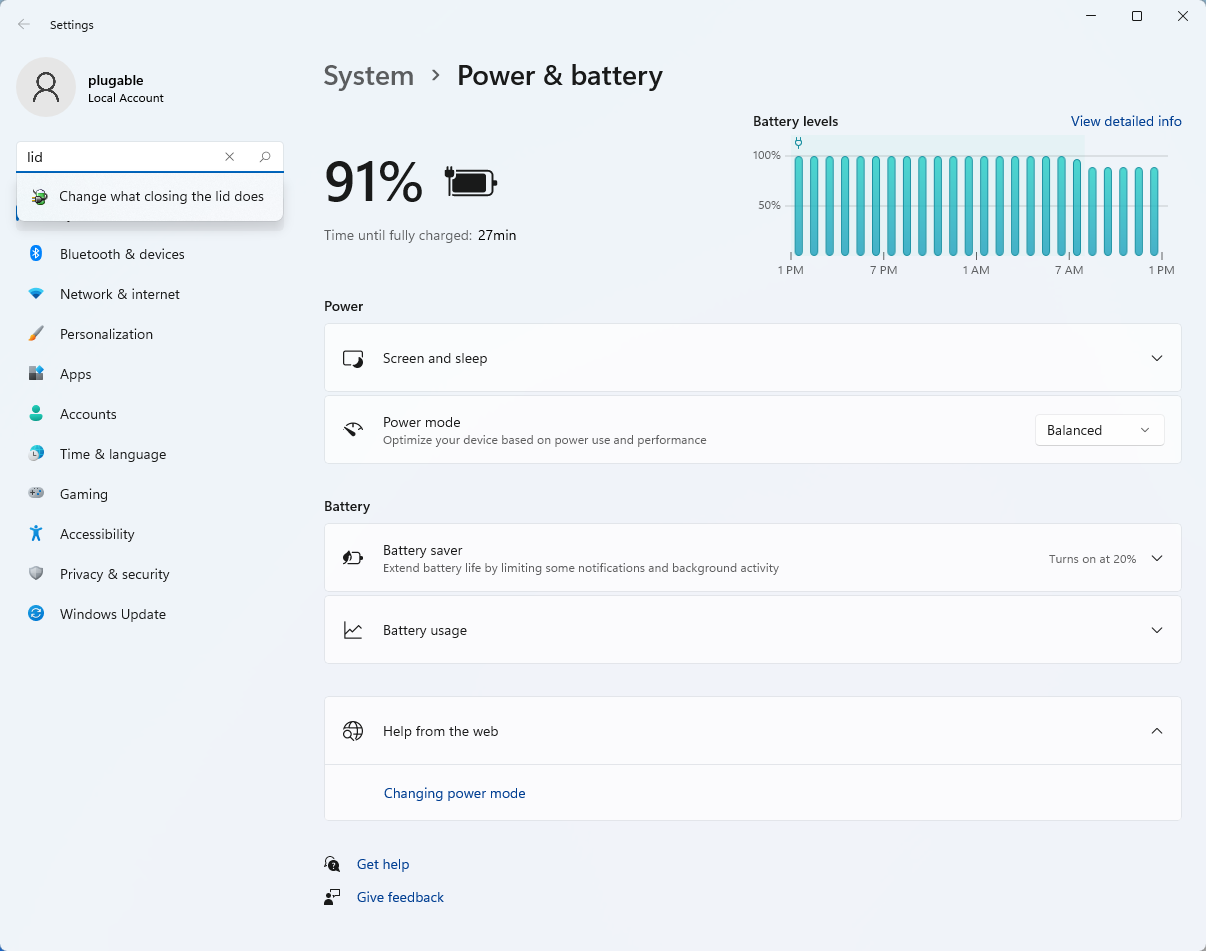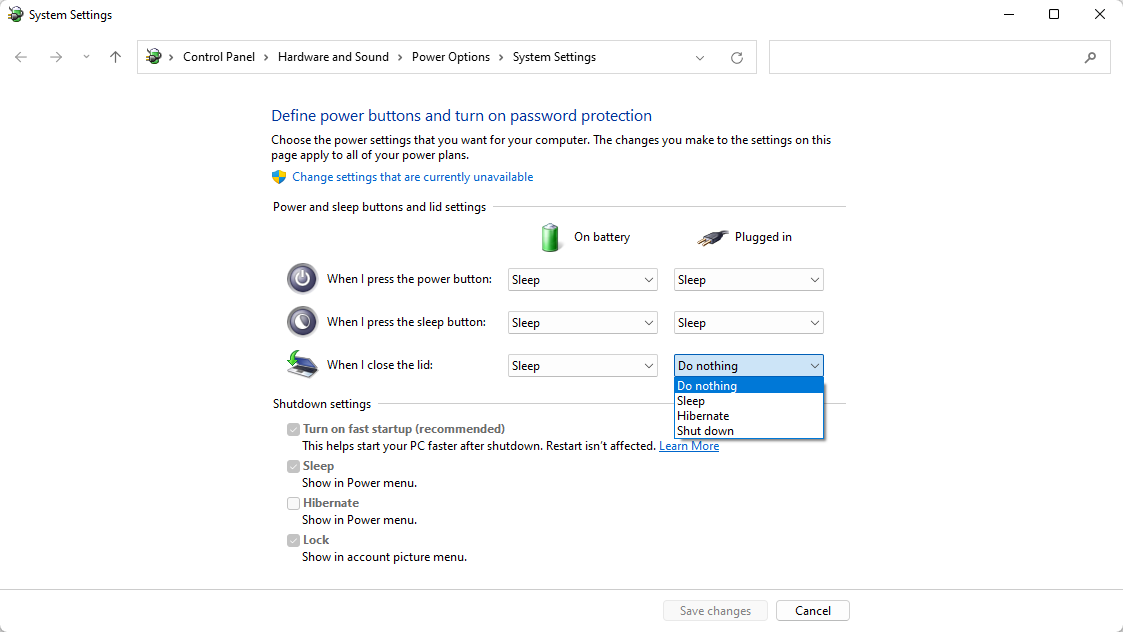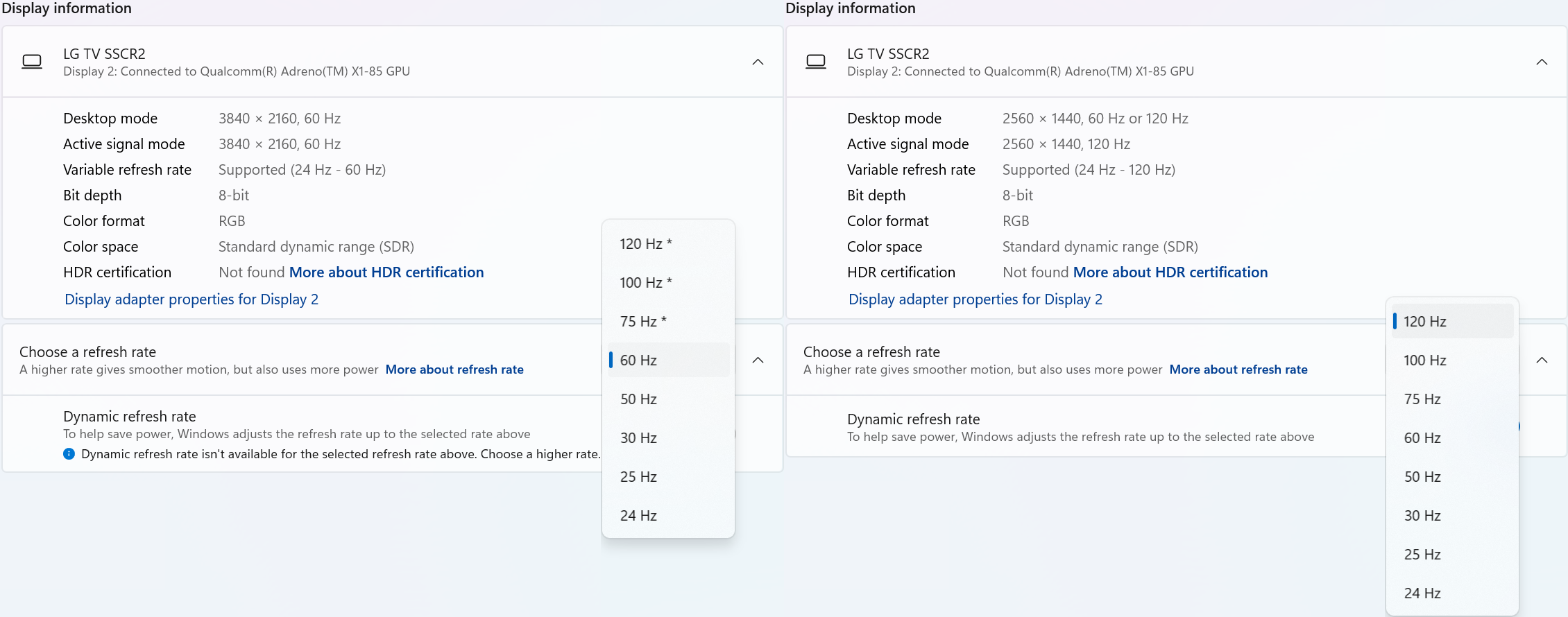













Hassle free, 2-Year Warranty
Fast, Free Shipping on Orders $35+
Lifetime Technical Support
30-Day Money Back Guarantee
Plugable USB-C to HDMI Adapter for Triple Monitors
$49.95 USD
SKU: USBC-MSTH3Amazon Rating : (94 Reviews)
Features
- At a Glance— Connect up to 3x 4K displays through a single USB Type-C port. This plug and play USB C to HDMI adapter supports HDR and HDCP. Compact design fits perfectly in the office, or on the go
- Compatibility— Works with Windows 10 or newer and ChromeOS 100 or newer on laptops that have a USB-C, USB4 or Thunderbolt port with video output. Not recommended for Mac
- Resolution Redefined— Prepare for pixels with 3x UHD displays at 4K 60Hz, or one display up to 8K 60Hz. For the folks really into refresh rates, set up to two displays at 4K 144Hz
- Plug-and-Play to Go— With its slim, lightweight design, the USBC-MSTH3 MST hub easily fits in your bag for productivity on the go. Simple plug-and-play functionality to quickly connect multiple displays. Perfect for remote and hybrid professionals
- Lifetime Support— This Multi Stream Transport (MST) multi monitor adapter has been designed with reliability at its core and was built to meet the deployment demands of IT departments and the ease of use necessary for home offices. Includes lifetime support from our North American team of connectivity experts
Free 3-Day Continental U.S. Shipping When Buying Direct!







